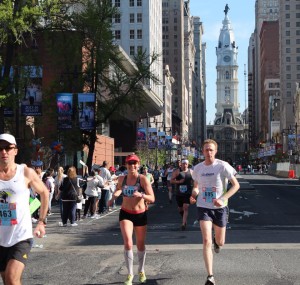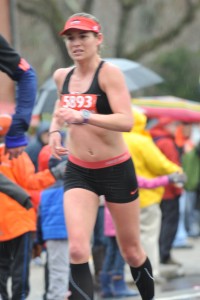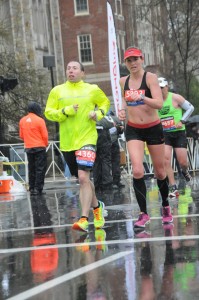Marathon training season is in full swing. Goals for Autumn races are becoming clear, and if you have a marathon on your calendar between the months of September to November, you are probably carefully calculating your training carefully. Whether this is your first marathon or your tenth, there are a few tips that can help your training go well, setting you up for an excellent race day.
- Build base mileage before gunning it for speed. Skipping base mileage will increase your risk of injury – like shin splints. While building base mileage, all kinds of physical and psychological developments happen. Skipping this step can hurt your overall training.
- After base mileage, add speed carefully – once or twice per week – no more.
- Keep your long runs at a pace SLOWER than marathon goal pace. It’s a common rookie error to take your long runs at goal race pace.
- Rest days are just as important as your training days. Don’t feel guilty about them, and please use them. Rest doesn’t equal cross training or strength training. Rest means REST.
- Be sure you take some recovery weeks. You are not a robot, you are a human. You need recovery weeks in order to push harder in the future.
- Training will have its highs and lows. Don’t let a bad workout or week define your training. Don’t let an amazing week get to your head. Instead, note the consistent swing of training. If week after week keeps going amazingly, you may be ready to increase your training or race goals. If things consistently go poorly, perhaps you need to reevaluate your goals or the way you want to get there.
- A lot can happen in the weeks between now and your race. Keep your expectations for race day, goals, and strategy fluid. Nothing should be set in stone 20-16 weeks out from the big day.
- Summer training can present some training challenges, especially with the long run. Have confidence that weather will cooperate on race day (the odds are it won’t be summer conditions!) and that the hard work you put in, tough though it may feel, will pay off.
- Practice fueling as you would on race day in your long runs. Leave nothing up to chance.
- Remember that training for a marathon is hard. There’s a reason why most folks never lace up for 26.2 miles. The training is a journey, and race day is the celebration of your hard work. Enjoy the journey. It will change you.









